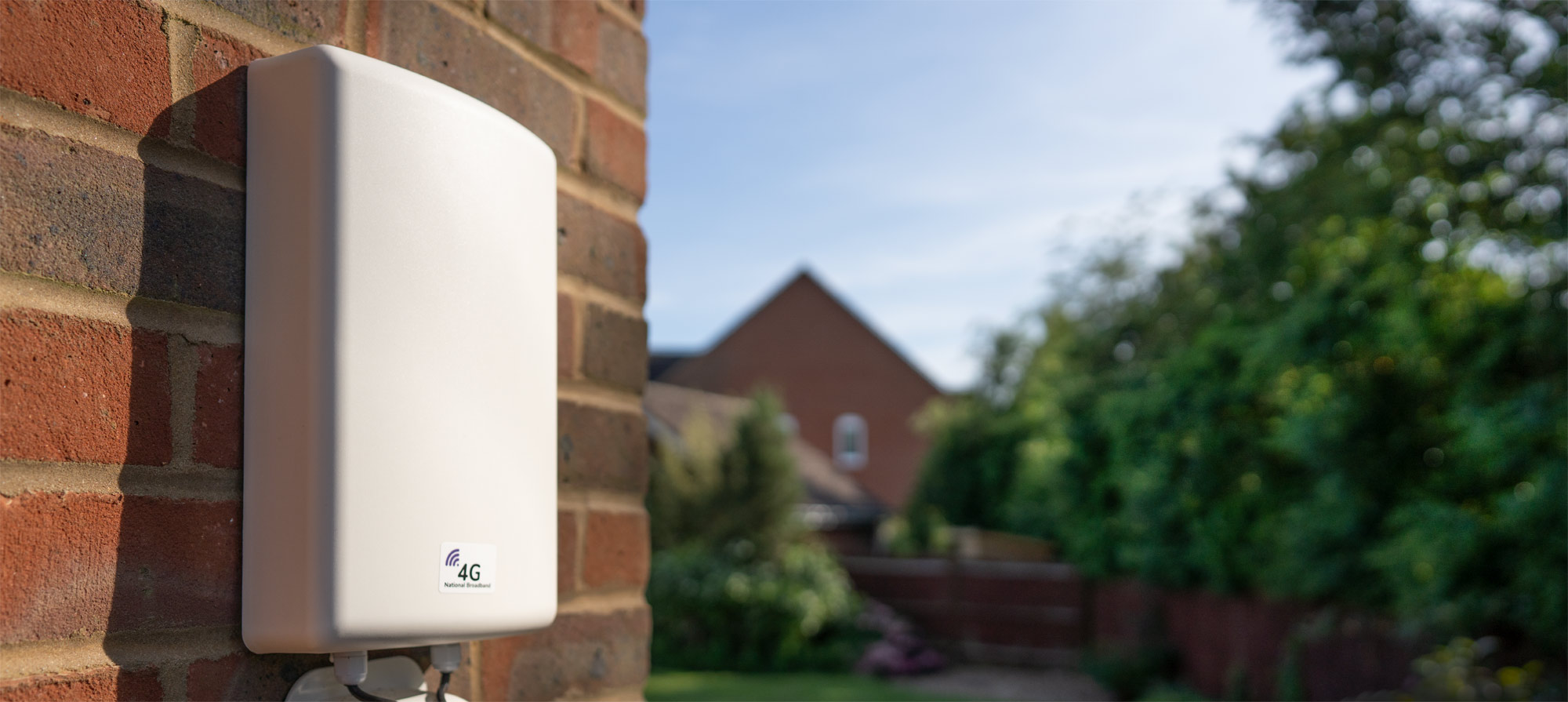
Mobile broadband has come a long way. We believe that 4G broadband is now the most attractive option for the vast majority of the 5% of UK premises currently without access to superfast fixed broadband services. While the coverage of individual mobile operators may still leave room for improvement for those seeking ubiquitous coverage on the move, 99% of UK premises are already covered by at least one mobile operator offering good indoor 4G coverage. Through a 4G National Broadband trial, we have found that 4G performance in the home (or office) can often be dramatically improved through the use of a dedicated 4G router, the optimum placement of the router and/or the use of a dedicated high-gain antenna (ideally installed externally). Optimally configured, we show 4G broadband can rival a decent fibre broadband connection in terms of download and upload speeds, at a very affordable monthly price (below £40) for unlimited data. Even for those with a decent fixed broadband service, 4G provides a convenient way to add a second broadband connection, to support home working, for example.
1.6m UK premises cannot access superfast fixed broadband, with 650,000 unable to achieve download speeds of 10 Mbps or more
Despite the rapid roll-out of superfast fixed broadband across the UK over the last few years, about 1.6 million residential and business premises cannot access superfast fixed broadband. According to Ofcom’s Connecting Nations Spring 2021 report (published in May 2021), 95% of UK premises can access download speeds of 30 Mbps or more, as shown in Table 1. below. This, unfortunately, means that 5% of premises of premises cannot and, generally, have to ‘make do’ with slower ADSL broadband as their fixed service. Ofcom estimates that about 650,000 properties cannot access what it terms “decent broadband”, defined as having a minimum download speed of 10 Mbps and a minimum upload speed of 1 Mbps.
Rural areas are, unsurprisingly, affected the worst. 20% of rural premises cannot get fixed broadband speeds of 30 Mbps or above, and about 10% of rural premises cannot get decent fixed broadband.
| Number of premises | Proportion of premises | |
|---|---|---|
| UK premises without superfast broadband (at least 30 Mbps download) | 1,553,275 | 5% of all UK premises |
| Rural UK premises without superfast broadband (at least 30 Mbps download) | 854,654 | 20% of UK rural premises |
| UK premises without "decent" broadband (below 10 Mbps download and below 1 Mbps upload) | 650,339 | 2% of all UK premises |
| Rural UK premises without "decent" broadband | 421,082 | 10% of UK rural premises |
Table 1: UK Broadband Availability for Residential and Business Premises [Source: Ofcom, Jan 2021]
While we strongly support commercial and government initiatives to drive the deployment of full-fibre broadband across the UK, we fear that a stubbornly high number of premises (mainly in rural areas) will continue to need alternatives to fixed broadband services for many years to come.
4G is usually the best option for those without superfast fixed broadband, with good indoor 4G coverage from at least one operator already available to 99% of UK premises
For those who feel left behind, it can be very frustrating identifying and assessing possible alternatives, which may include:
- bonded ADSL, where multiple standard ADSL broadband connections are combined together to improve speeds
- Fixed Wireless Access, offered by specialist wireless ISPs serving rural communities in some areas
- satellite broadband, using satellites in geostationary orbit or, more recently, low-Earth orbit
- 4G mobile broadband.
While we will leave the detailed analysis of all these options to a forthcoming guide, many of them suffer from significant disadvantages.
In the past, we have recommended bonded ADSL, where multiple ADSL connections are aggregated to increase speeds. However, with increasing expectations for broadband speeds (e.g. to support 4k TV streaming), bonded ADSL may be unable to deliver acceptable speeds even when multiple lines are bonded together while costs can be high.
In some rural areas, wireless ISPs have sprung up to serve local communities. As an example, WiSpire is a company in Norfolk that uses church towers to transmit wireless signals to neighbouring rural communities. Since such options are limited to specific areas they are simply not an option for most premises suffering with poor fixed broadband provision.
We have never been keen on satellite broadband services that use geostationary satellites (located 22,236 miles from Earth). They suffer from restrictive data caps and very high latency (time delays), making them unsuitable for either usage-intensive streamed TV services (such as Netflix) or delay-sensitive applications (such as video conferencing). New satellite broadband services that use many satellites in low-Earth orbit, such as the new Starlink service, potentially offer unlimited data allowances and reduced latency. Starlink is already available in parts of the UK (offering a ‘beta’ service priced at £89 per month with a hardware installation cost of £439) but currently suffers from annoying service interruptions. The extent to which these interruptions will be eliminated over time, as more satellites are launched, remains to be seen.
This brings us to the option of using 4G mobile broadband as an alternative to a fixed broadband service, which we believe currently represents the most attractive option for the vast majority of those without a superfast fixed broadband service. We urge you to put your past experience of patchy coverage with your mobile phone on the move to one side. Using (and optimising) 4G in a single location results in very different (and much better) performance for the following reasons:
- you can select the operator with the best 4G coverage for your target location (e.g. your home)
- you will generally get better performance with a dedicated 4G router than a mobile phone (described later)
- you have the option of using a high-gain antenna (ideally installed externally) to substantially boost signal levels and performance (also described later).
If you currently access 4G services on your mobile phone, you may well not be using the best 4G service (in terms of coverage) available for your home. That’s because many factors can influence the choice of mobile contracts, such as the choice of phones, affordability of tariffs and coverage for voice services on the move.
Following a slow start to the roll-out of 4G in the UK – which was first launched in the UK (by EE) in October 2012 – 4G availability has gathered pace over the years, although individual operators are still far from offering ubiquitous indoor coverage on their own. According to Ofcom, and as shown in Figure 1 below, O2 and Vodafone offer “good indoor 4G coverage” to 94% and 93% of UK premises, respectively, with EE (90%) and 3 (89%) slightly behind. While individually for each 4G operator, availability of good indoor 4G coverage is lower than the 95% of premises that can access fixed superfast broadband, the important point is that 99% of UK premises have good indoor 4G coverage “from at least” one operator. So, only 1% of UK premises do not currently have access to good indoor 4G coverage compared with 5% of premises without access to fixed superfast broadband.

Figure 1: UK premises With “Good Indoor Coverage” [Source: Ofcom 2021]
The potential availability of 4G is actually even better than this, and is set to further improve. That’s because the Ofcom percentages stated relate to premises with good indoor 4G coverage. We will show that the use of an optimally-positioned 4G router and high-gain antenna (ideally mounted externally) can substantially improve performance where 4G signals are relatively weak. So, in reality, there will be fewer than 1% of UK premises that will not be able to achieve good 4G performance. Over the next three years, this small number will shrink further as the Shared Rural Network programme (described below) is implemented.
Mobile broadband enhancements continue at pace, with significant further improvements being made to 4G rural coverage
Mobile broadband services will continue to improve over the coming years as a result of government and mobile operator initiatives and mobile technology advancements.
The Shared Rural Network initiative will provide coverage to an additional 280,000 premises
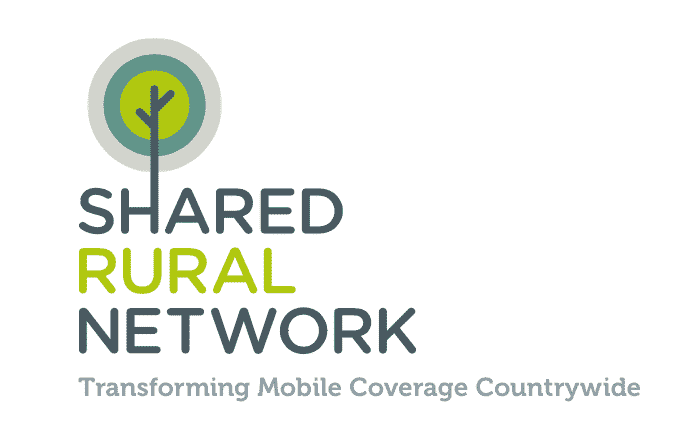 Over the next three years, 4G mobile coverage in rural areas will see significant improvement through the Shared Rural Network initiative – a project between the UK Government and mobile operators. The £1 billion investment programme aims to provide 4G coverage to an additional 280,000 premises. The project consists of:
Over the next three years, 4G mobile coverage in rural areas will see significant improvement through the Shared Rural Network initiative – a project between the UK Government and mobile operators. The £1 billion investment programme aims to provide 4G coverage to an additional 280,000 premises. The project consists of:
- mobile operators upgrading their 4G networks to extend coverage
- mobile operators working together on shared infrastructure and constructing new base-station sites
- new government-funded masts being built in areas where there is currently no mobile coverage from any operator.
Operators have already been announcing plans to upgrade coverage as part of the Shared Rural Network initiative, such as EE in February 2021 (‘EE to Extend 4G Coverage in More Than 500 Areas in 2021 to Boost Rural Connectivity‘).
4G+ boosts speeds in certain parts of the UK
Just as Wi-Fi has seen significant development (for example, evolving from Wi-Fi 5 to Wi-Fi 6), 4G has seen a major enhancement in the form of 4G+ (also known as LTE-Advanced). 4G+ brings two major capabilities to basic 4G to improve speeds. These are (1) carrier aggregation (which allows mobile operators to combine radio spectrum from different frequency bands) and (b) a higher-level modulation (called 256-QAM), which allows more data to be transmitted compared with the highest-level modulation (64-QAM) available with 4G.
Mobile operators in the UK have been implementing 4G+ in parts of the UK (mainly in urban areas) to boost capacity and speeds. It remains to be seen whether UK operators will deploy 4G+ extensively in rural areas. If 4G+ is deployed in your area, you will be able to benefit from it if you are using a compatible 4G router or device (known as a Category 6 or 7 device), such as the TP-Link Archer MR600 (discussed below).
5G is in the early stages of deployment in the UK but offers much potential in rural areas
5G is the latest generation of mobile broadband, offering higher speeds, lower latency (time delays) and greater capacity for mobile operators. While 4G cannot realistically rival the capabilities of a gigabit broadband fixed connection, 5G has the potential of delivering a more similar experience, with average download speeds in excess of 100 Mbps and average latency of about 10 ms.
We are in the early stages of 5G deployment in the UK, with initial operator deployments generally focused on urban areas in cities and towns. EE claims to offer the best 5G coverage currently, with 5G live in 160 towns and cities. Realistically, most rural areas will continue to rely on 4G services for many years to come. However, the continued roll-out of 5G offers the potential of significant performance and speed enhancements in rural area eventually.
There is now a good choice of affordable 4G tariffs with large or unlimited data allowances
4G services with large or unlimited data allowances are now relatively affordable, as shown in Table 2, below, which means that you won’t pay a substantial price premium compared with superfast fixed broadband services. While we recommend that you are guided by the 4G coverage at your particular location to maximise speeds and performance, there are significant price differences between providers. Among the 4G network operators, 3 offers the cheapest unlimited 4G tariff (£22 per month) while EE has the most expensive (£55 per month). Outside of the operators themselves, specialist provider 4G National Broadband offers an unlimited 4G service, using the networks of either O2 and Vodafone, for £39.99 per month.
| Provider | Monthly data allowance | Monthly price | Description |
|---|---|---|---|
| Vodafone | 200 GB | £40.00 | With Vodafone's Gigacube 4G router included. 24 month contract. |
| Vodafone | 300 GB | £50.00 | With Vodafone's Gigacube 4G router included. 24 month contract. |
| EE | 200 GB | £40.00 | With EE's Home Router 2 (£50). 24 month contract. |
| EE | 300 GB | £45.00 | With EE's Home Router 2 (£50). 24 month contract. |
| EE | 500 GB | £50.00 | With EE's Home Router 2 (£50). 24 month contract. |
| EE | Unlimited | £55.00 | With EE's Home Router 2 (£50). 24 month contract. |
| O2 | 150GB | £32.84 | With Netgear M1 Hotspot (included). 36 month contract. |
| O2 | Unlimited | £40.84 | With Netgear M1 Hotspot (included). 36 month contract. |
| 3 | Unlimited | £22.00 | With 3's 4G Hub (included). 24 month contract. |
| 4G National Broadband | Unlimited | £39.99 | TP-Link Archer MR600 router (£99). 12 month contract. Operates on both Vodafone and O2 4G networks. |
Table 2: Comparison of 4G Tariffs in the UK [March 2021]
4G performance and speeds depend critically on radio conditions, and there is much you can do to improve these by following our guide
While you generally cannot realistically do much about the availability of mobile broadband services in your area or the type of technology used (e.g. 4G+ or 4G), you’ll be delighted to hear that you can do much to enhance the performance of 4G, and our guide below takes you through the steps you can take to maximise speeds and reliability, and minimise latency. In fact, it is often possible to transform a ‘flaky’ connection into a good one, with a dramatic uplift in speeds.
As a wireless technology, 4G has much in common with Wi-Fi (which we have written about extensively on this website). Because 4G relies on the transmission and reception of radio waves (unlike fixed broadband systems), performance and speeds depend on the radio conditions between you and the base station. In poor radio conditions, 4G will generally deliver poor speeds and unreliable communication while it will deliver the best speeds possible in excellent radio conditions.
Three metrics are used by 4G to measure the quality of the radio connection, and these are displayed by a 4G router. They will prove very useful to you in helping you optimise your own 4G connection. Figure 2, below, shows a screenshot we obtained from the Archer MR600 (after we had fully optimised our connection).
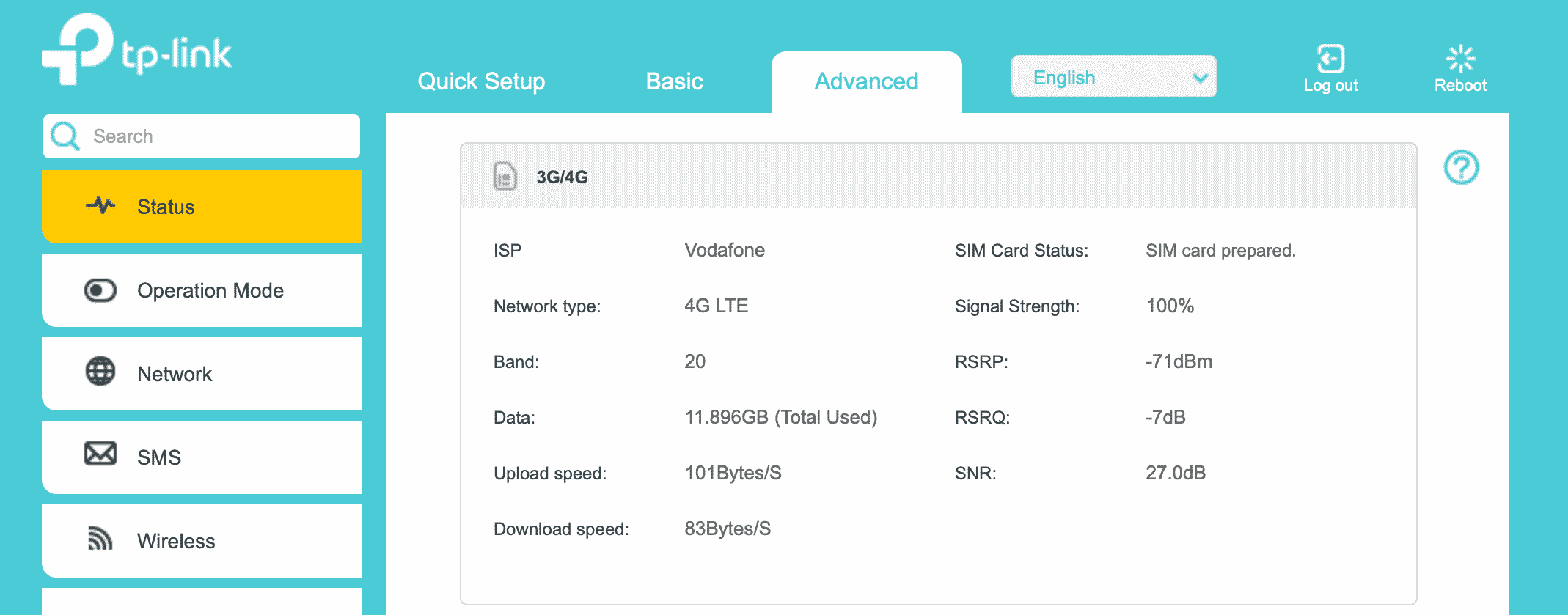
Figure 2: Screenshot from Archer MR600 4G Router
The important metrics are:
RSRP (Reference Signal Received Power), which is a received signal power measurement. The higher the value (i.e. the less negative the number, confusingly), the better the 4G signal level. For example, our RSRP of -71 dBm is excellent whereas an RSRP of -95 dBm, say, is poor.
RSRQ (Reference Signal Received Quality), which is a measurement of signal quality. Confusingly, the less negative the number, the better the signal quality. For example, our RSRQ of -7 dB is excellent whereas an RSRQ of -18 dB, say, is poor.
SINR (Signal to Interference Plus Noise Ratio), which indicates how strong the 4G signal is compared with the unwanted interference and noise present. For example, our SINR of 27.0 dB is excellent whereas an SINR closer to 0 dB, say, is poor.
While these metrics are not exactly easy to understand, simple interpretation of them can provide a clear view of the state of your 4G connection. Table 3, below, indicates how the value of each metric can be used to categorise the general state of your 4G connection and the extent to which you will be able to achieve the maximum data speeds possible. Bear in mind that moving your 4G router to different locations will generally yield substantial changes in these metrics. To reduce confusion, you may find it easier to focus on just one metric, such as SINR. Then, all you need to do is maximise this number, ideally so it significantly exceeds 20 dB.
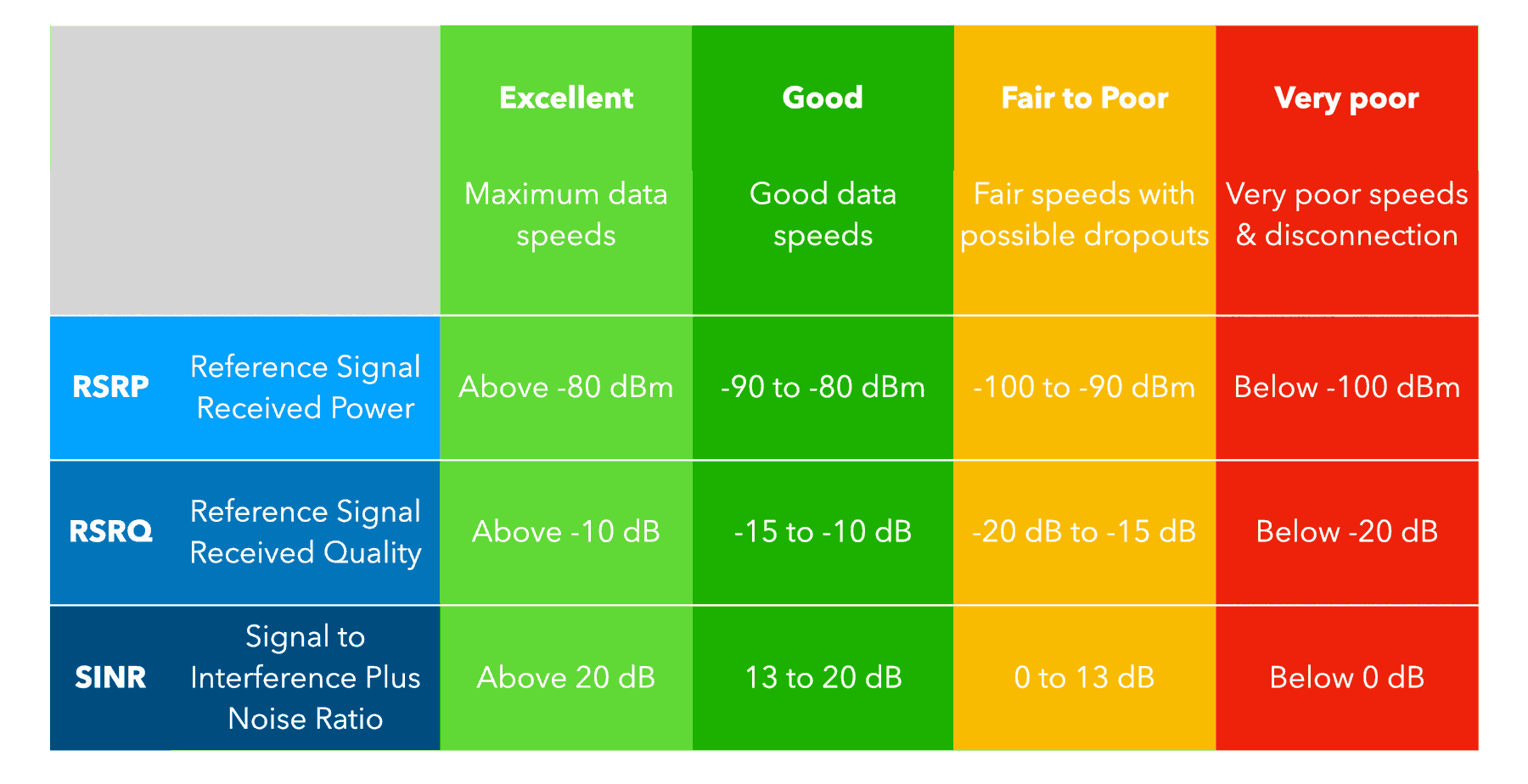
Table 3: How 4G Performance Varies With RSRP, RSRQ and SINR
Just like Wi-Fi, 4G uses a technique called Adaptive Modulation and Coding (AMC) to cope with a variety of radio conditions. The fundamental purpose of this is to maximise data rates wherever possible (when radio conditions are excellent), while making 4G signals more robust (with slower data rates) when signal levels are poor to avoid data loss. Modulation and coding are different things but work together.
Modulation is concerned with how data/information is sent across the airwaves. Three modulation schemes can be used with 4G, depending on radio conditions. The most robust modulation scheme is called QPSK (Quadrature Phase Shift Keying). Where radio conditions allow, 16-QAM (Quadrature Amplitude Modulation) doubles the data rate of QPSK. 64-QAM triples the data rate of QPSK, but can only be used when signal conditions are good enough.
Coding is where extra bits of information are added to the 4G data transmitted to allow the transmitted data to be reconstituted if some of the data is lost due to noise or interference. The more bits of data that are added, the more robust the transmission becomes, and the more lost information can be reconstituted. However, adding more bits for coding means that fewer bits of useful information will be transmitted, reducing data rates.
As shown in Figure 3, below, 15 variations (of modulation and coding) are used in 4G, dependent on the radio condition (in this case measured by the Signal to Interference plus Noise Ratio or SINR). In the poorest radio conditions, the most robust modulation (QPSK) and most robust coding are employed, resulting in a very slow data rate. Only when the SINR reaches about 23 dB can 4G achieve the fastest speeds possible, when it can use 64-QAM modulation and extremely light coding. This chart shows the importance of maximising the SINR to maximise 4G speeds, and every little really helps.
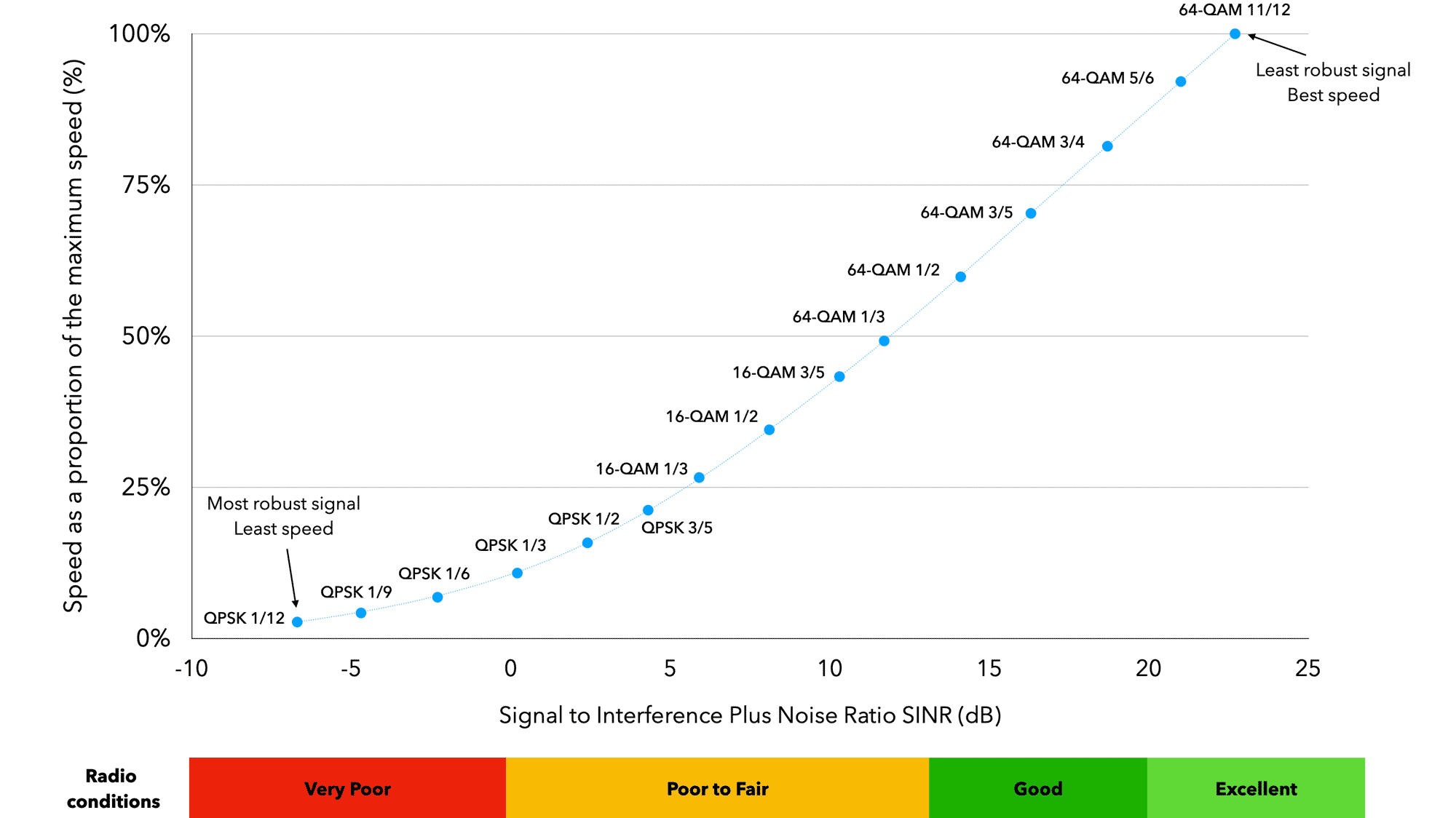
Figure 3: Adaptive Modulation and Coding Used by 4G
Here are our top tips to maximise the performance and reliability of 4G. These were developed through a trial of 4G services from 4G National Broadband and we are very grateful to 4G National Broadband for providing SIMs (for both O2 and Vodafone), a TP-Link Archer MR600 4G router and a high-gain external antenna. They also provided useful installation guides, which they supply to their customers.
Tip 1: Select a 4G network giving the best indoor coverage for your particular location
As 4G coverage may differ substantially between mobile operators, we strongly recommend choosing the 4G network(s) that offers the very best indoor 4G coverage at your particular location. To help you pinpoint the best 4G network(s) for your location, you may find Ofcom’s mobile availability checker useful:
Ofcom’s Mobile Availability Checker
All you need to do is enter your postcode and make sure you select ‘Indoor’ and ‘4G’ in the available options. Then the guide with give you a simple visual green tick mark in the Data column. You then have the option to view and compare the detailed coverage maps for each operator. The screenshot below shows the results for our rural location in Cambridgeshire. In our case, O2 and Vodafone share the same base station site so coverage from both networks is very similar.
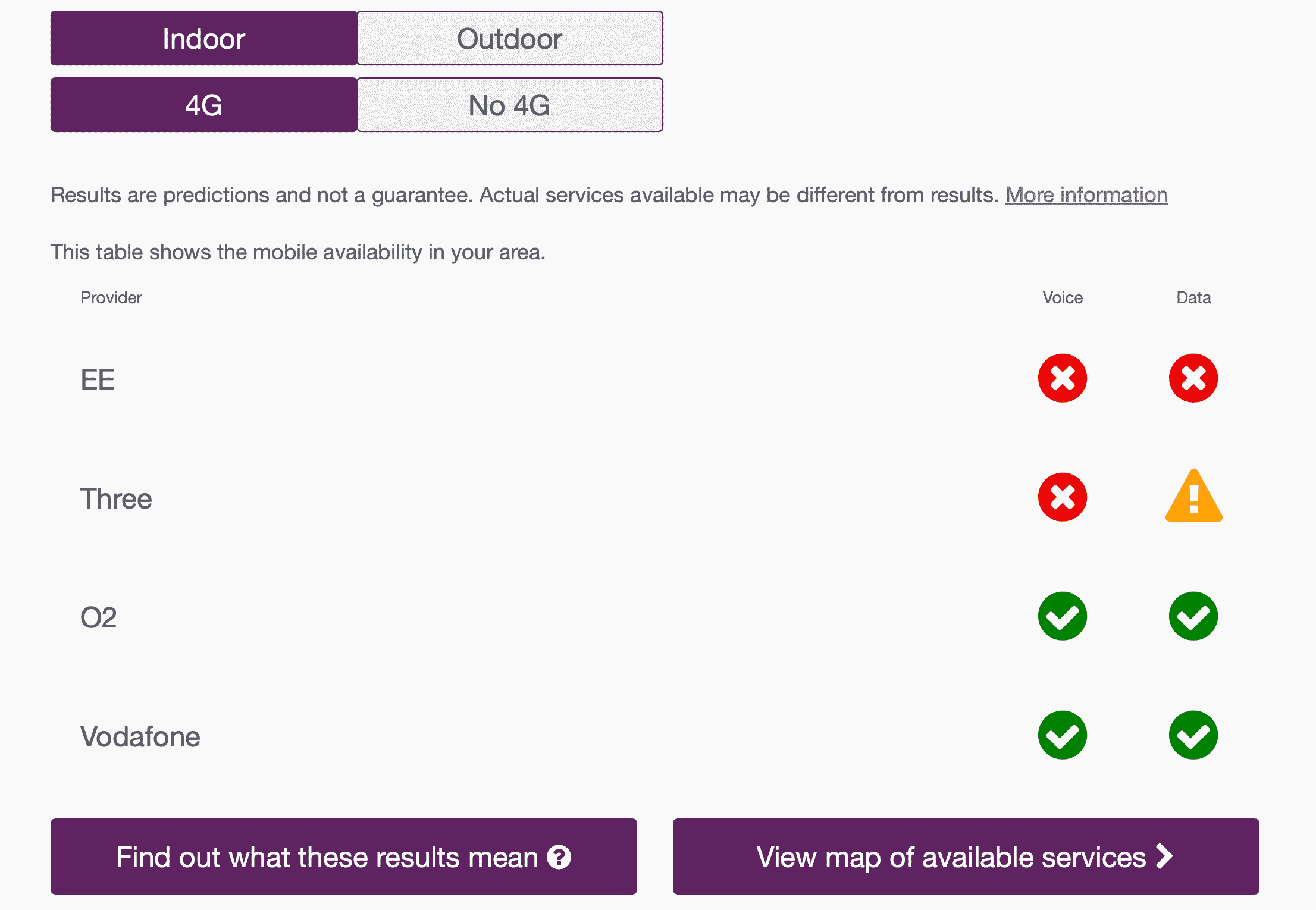
Figure 4: Screenshot from the Ofcom Mobile Availability Checker
Tip 2: Use a dedicated 4G broadband router (ideally Cat.6 or 7)
While it is possible to access 4G services with a mobile phone, and share a 4G connection by setting up a mobile phone as a Wi-Fi hot spot, we strongly recommend that you use a dedicated high-quality 4G router. For the very best performance, opt for a 4G router that:
- is a so-called Category 6 or 7 device, so it supports 4G+ enhancements, such as carrier aggregation, to provide the best possible performance and speeds available
- provides Ethernet connectivity (e.g. to allow connection to your home network, WiFi Access Points and static devices, such as smart TVs and set-top boxes)
- displays a range of 4G performance statistics, including RSRP, RSRQ and SINR (discussed previously), which will be very helpful in optimising your own 4G connection
- supports a minimum of 2×2 MIMO (to maximise data rates)
- allows easy connection to external high-gain 2×2 MIMO antennas (to maximise signal levels while properly supporting MIMO operation).
Some mobile operators offer their own branded 4G routers. These are Vodafone’s Gigacube, EE’s Home Router 2 and 3’s 4G Hub. There are many third-party 4G routers available from DrayTek, TP-Link, NETGEAR, Meraki (Cisco), Teltonica and D-Link and we often find that third-party devices can be a better option than own-branded routers. However, bear in mind that some third-party routers are Category 4 devices that do not support 4G+ enhancements and some do not permit the easy connection of external MIMO antennas.
For our own trial of 4G services, 4G National Broadband equipped us with the TP-Link Archer MR600 4G router, which it considers delivers excellent performance. 4G National Broadband charges £99 for the MR600. We found that the device was well equipped (with a decent number of Ethernet ports) and performed well. It also allowed the connection of a high-gain external antenna (which was provided by 4G National Broadband) as part of a bundle. The benefit of relying on 4G National Broadband, given its extensive testing of equipment, is that you know everything just works without any hassle.
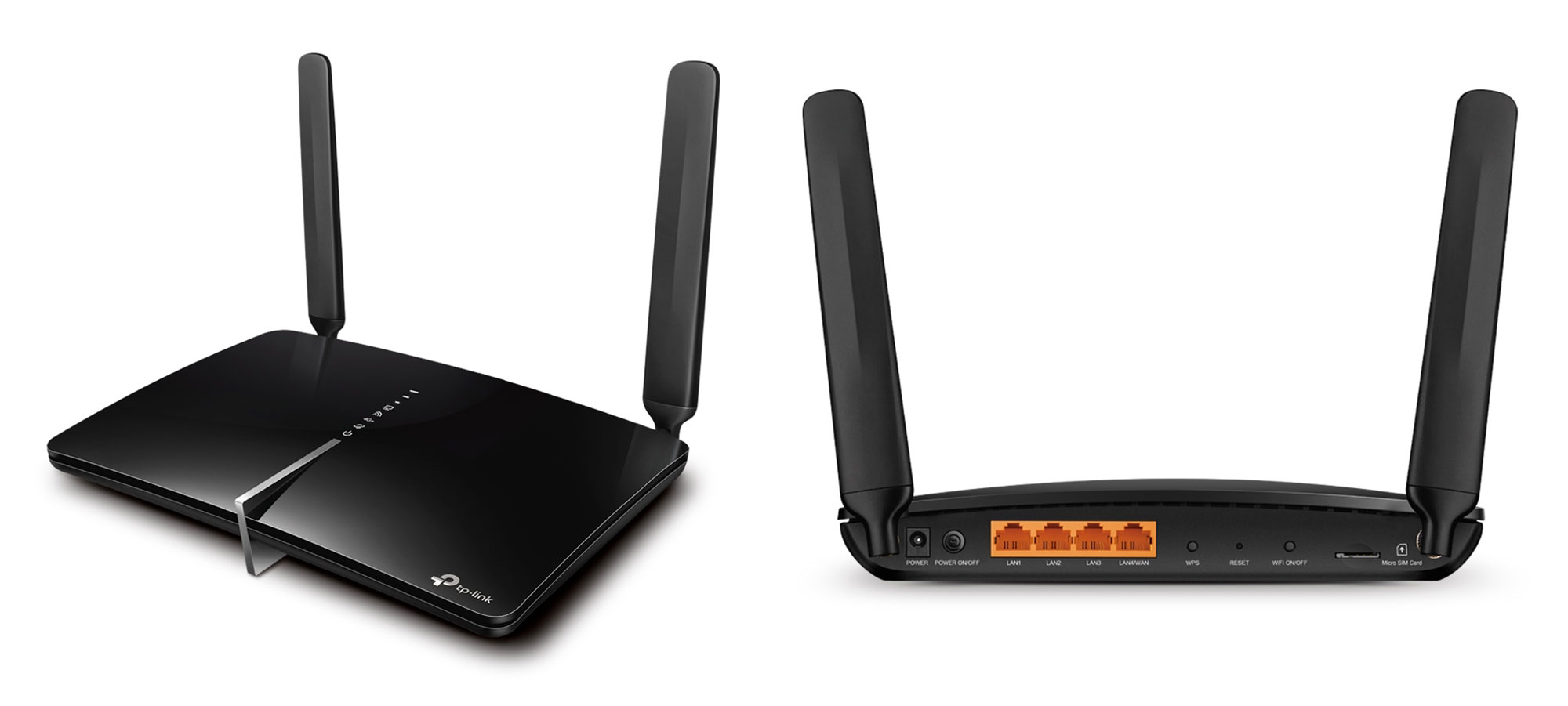
Figure 5: TP-Link Archer MR600 4G Router
Tip 3: Connect your 4G broadband router to devices by Ethernet wherever possible to minimise latency
Readers of our site will know by now that we are fans of Ethernet connections to minimise any adverse effects from using Wi-Fi, such as increased latency or reduced speeds. We strongly recommend that, wherever possible, you connect devices that do not move (such as set-top boxes, desktop PCs and smart TVs) to your 4G router via Ethernet cable rather than Wi-Fi to maximise performance.
This recommendation is even more important for 4G broadband compared with superfast fixed broadband services because our measurements showed 4G services exhibit higher latency, so you don’t really want to be adding even more latency by using Wi-Fi unless you really have to.
We compared the latency of our 4G mobile connection with our excellent FTTC fixed fibre broadband connection, by pinging the Google DNS server 8.8.8.8 on both networks. We know that our FTTC connection is excellent so provides a difficult-to-rival benchmark. As shown in Figure 6, below, the average latency for our 4G connection was a very respectable 30ms, compared with 12ms for our fixed broadband connection. While there was noticeable variability in measured ping values (ranging from about 20 ms to 40 ms), pleasingly, there were no major ping spikes. This latency performance is more than adequate to supports many different applications. For example, we found that time-sensitive services such as video conferencing (e.g. Skype and Zoom) worked well on our 4G connection.
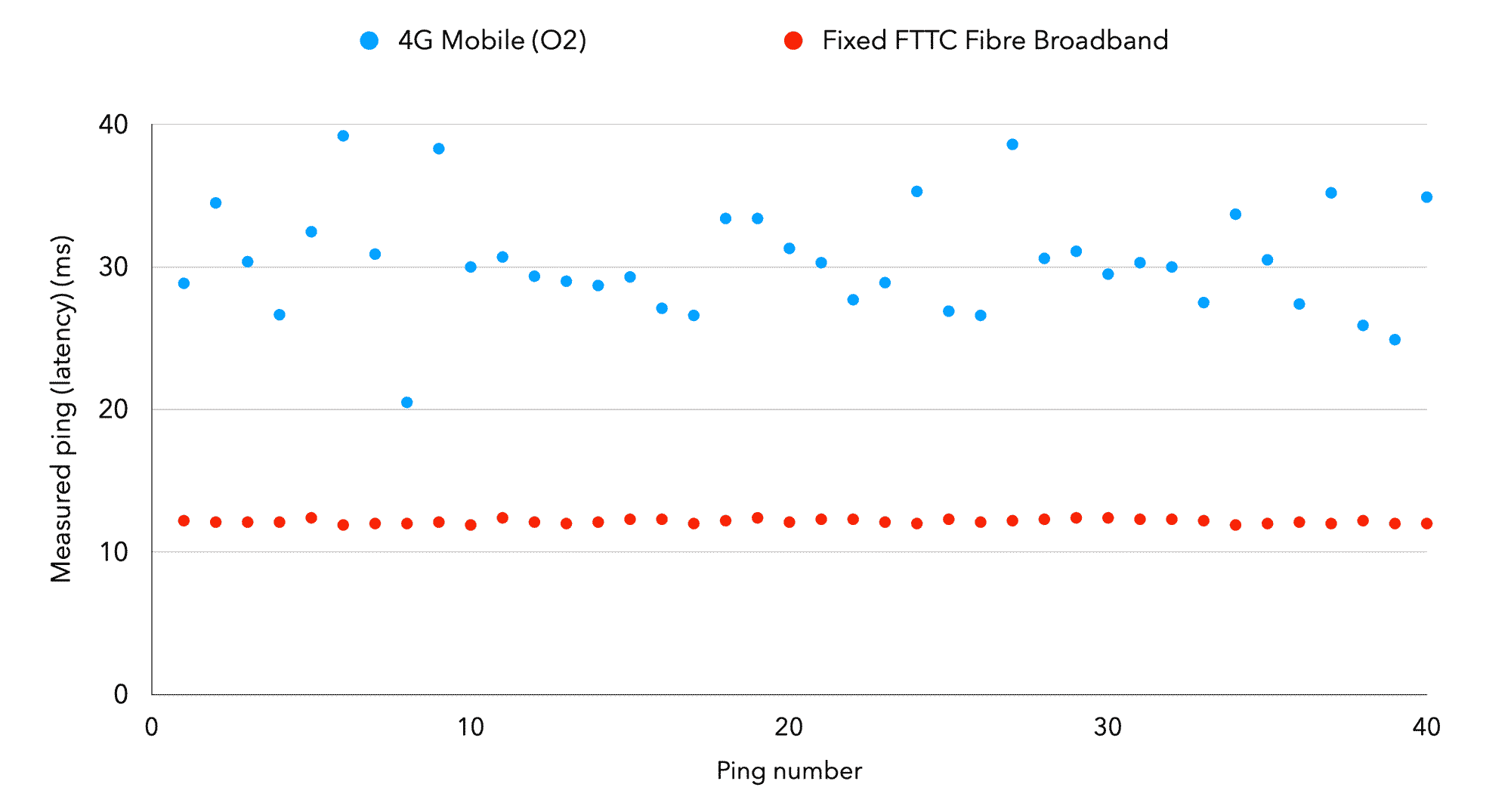 Figure 6: Ping (Latency) Measurements for 4G Broadband and Fixed FTTC Broadband
Figure 6: Ping (Latency) Measurements for 4G Broadband and Fixed FTTC Broadband
Tip 4: Test different 4G router locations in your home to find an optimum location
Assuming that you not using an externally-mounted antenna, changing the location of your 4G router will substantially affect the performance of your 4G connection. The propagation of radio waves to and from a base station is complex, and outdoor and indoor obstacles (such as walls) can drastically affect signal levels.
We strongly recommend that you test your 4G router in many different locations to identify the location that gives best performance. We were amazed by the effect of 4G router location on signal levels and 4G performance. For each location, we recommend that you systematically record SINR, RSRP and RSRQ, although we found SINR and, to a lesser extent RSRP, to be the most useful indicators for 4G optimisation.
According to the 4G coverage maps of O2 and Vodafone, we are located in a good signal strength area, with decent indoor coverage indicated. Our measurements, shown in Table 4 below, revealed that the initial location we chose for the 4G router – in a ground floor room next to a desktop PC – yielded the worst performance! The SINR achieved (14.4 dB) would not achieve the best 4G speeds, as indicated in Figure 3, previously. We achieved much better results by moving the router to the first floor of the building, eventually achieving an SINR of 22.2 dB in the best location we found.
| Location | SINR | RSRP | RSRQ | Comment |
|---|---|---|---|---|
| Study (location 1) | 14.4 dB | -90 dBm | -9 dB | Located right next to a desktop PC (our work location) |
| Study (location 2) | 15.2 dB | -89 dBm | -9 dB | Located closer to the window |
| Upstairs room 1 | 19.6 dB | -81 dBm | -10 dB | |
| Upstairs room 2 | 21.4 dB | -79 dBm | -7 dB | |
| Upstairs room 3 | 22.2 dB | -78 dBm | -9 dB | Optimum location upstairs near a window |
Table 4: Measurements Taken at Different Locations in Our Building
Given that you pay the same monthly price irrespective of data rates achieved, we believe it’s a no brainer to try to optimise 4G router location, as the differences we experienced were far from subtle. Going from the poorest to best location, we experienced a dramatic 8.8 dB uplift in SINR and an 11 dB uplift in RSRP signal strength. This is sufficient to roughly double speeds, according to Figure 3, previously.
Tip 5: Invest in a high-gain antenna (ideally installed externally)
If you want the best possible performance, we strongly recommend that you invest in an external high-gain antenna. Ideally, this should be installed professionally on the outside of a building and, using a proper signal meter, pointed in the direction of the base station so that there is (ideally) a good line-of-sight path.
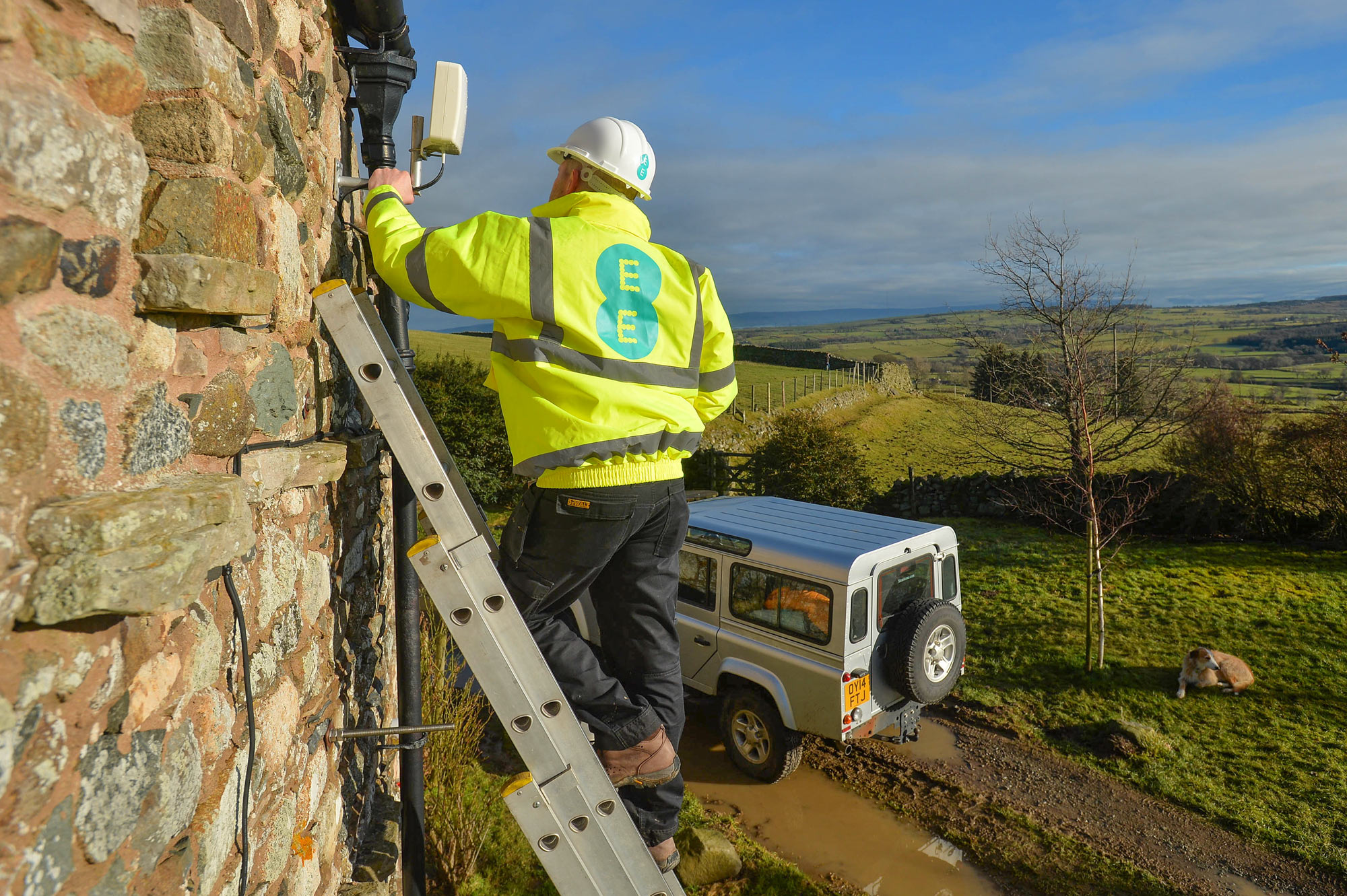
We have been surprised to find that, among the mobile operators themselves, only EE seems to be proactive in offering external antenna solutions to its customers. In February 2018, EE launched its service to supply and install external 4G antennas, “which could connect 580,000 homes”.
Specialist mobile broadband provider 4G National Broadband specifically targets and supports homes and businesses that cannot access superfast broadband services. Reflecting the clear demand that exists for fast broadband, its active customer base has nearly tripled in the last 12 months. It offer a nationwide installation service of an external antenna for a price of £399, and we understand about half of 4G National Broadband’s customers have taken advantage of this service. Some of these customers opted for an external antenna installation when they originally subscribed to the service while others upgraded to an external antenna at a later stage.

As part of our trial with 4G National Broadband, we were provided with a directional HDMX-727 high-gain MIMO antenna intended for external mounting. The antenna consisted of two cross-polarised MIMO antenna arrays in a one small 295mm x 180mm x 70mm enclosure. This was pre-fitted with 2 x 5 metres of LMR-200 coaxial cable with male SMA connectors for connection to the supplied Archer MR600 4G router. With a gain of about 9 dBi, the external antenna will generally give significantly better results than the detachable antennas on the MR600 router (or the internal antennas in a mobile phone).
4G National Broadband kindly offered to install the antenna on our premises. While we awaited the installation date, we tried using the high-gain antenna indoors and were delighted to find that we could achieve great results, as shown in Table 4, below. Given the results we achieved, we did not actually go through with the outdoor installation. However, in more marginal 4G coverage areas, we believe that proper installation of an external antenna would yield significant performance improvements.
Using the high-gain antenna internally, we were able to achieve an SINR of 27.0 dB, as shown in Figure 7, below. This is a substantial 12.6 dB greater than our starting configuration to ensure maximum 4G speeds. In terms of signal strength, we achieved an RSRP of -71 dBm, 19 dB greater than our starting configuration.
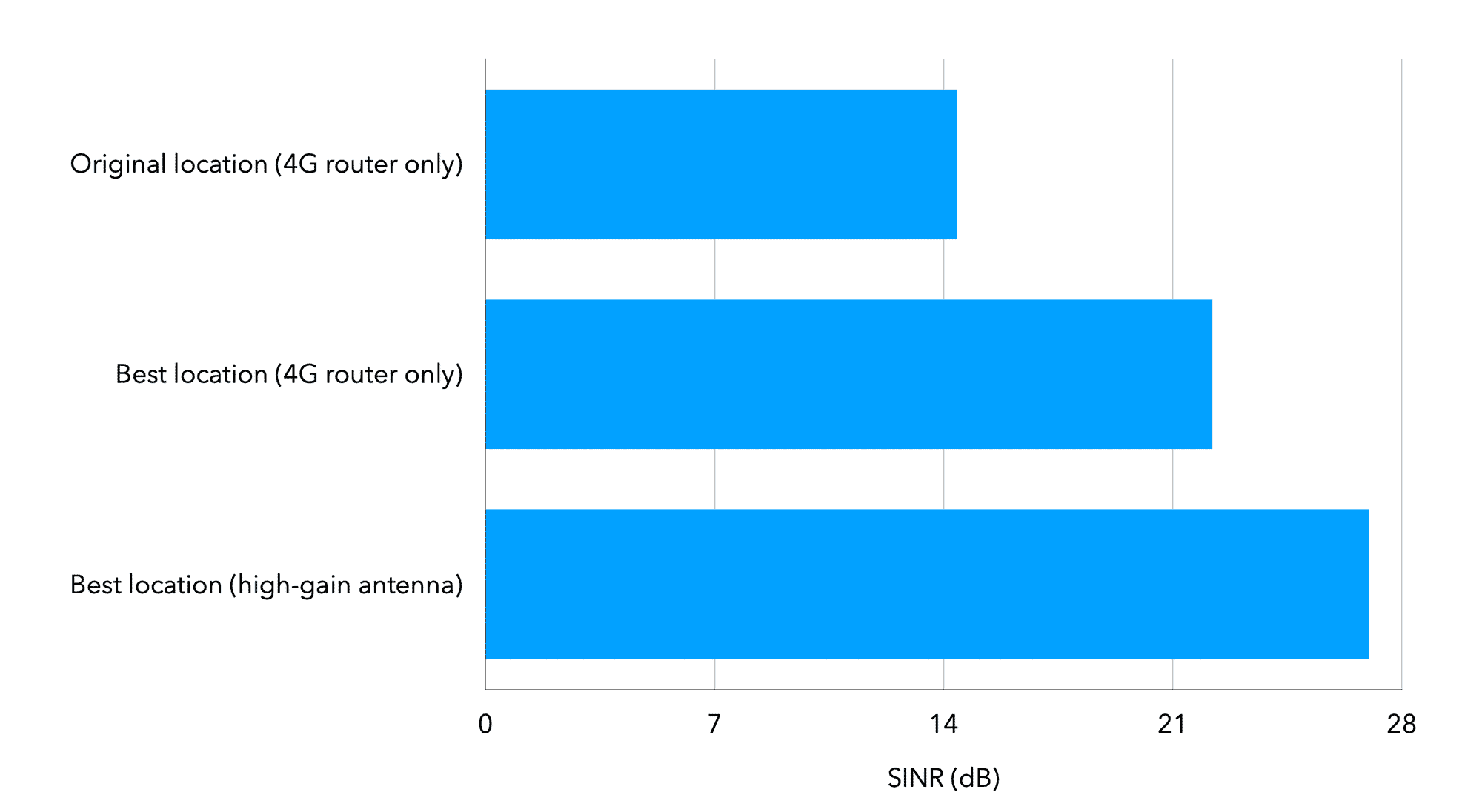 Figure 7: Improvements in SINR from Changing Location and Using a High-Gain Antenna
Figure 7: Improvements in SINR from Changing Location and Using a High-Gain Antenna
Mobile broadband has come a long way, with speeds similar to a decent fixed broadband connection
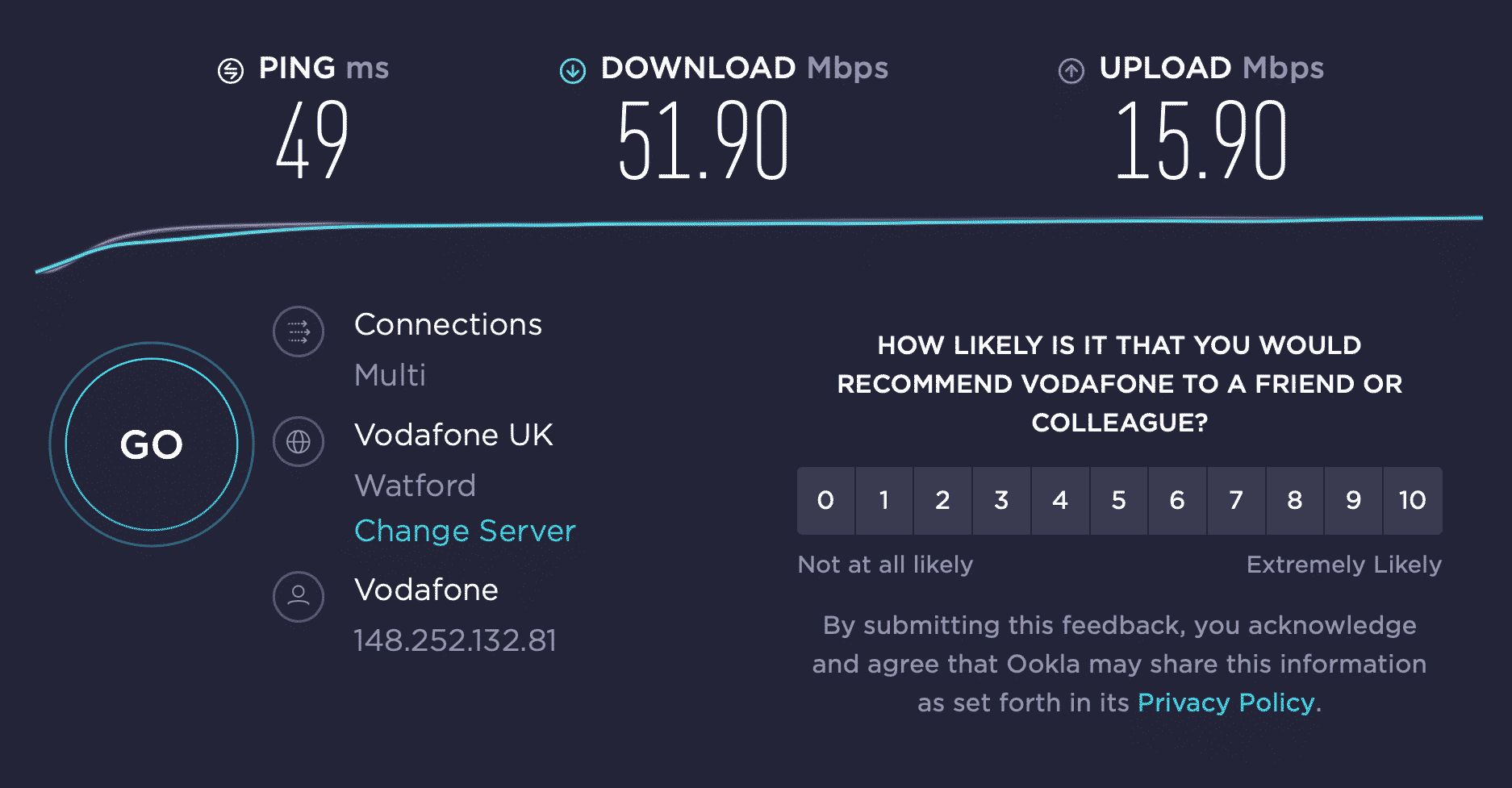
Once we had optimised our 4G service, we tested it extensively and were delighted with the results. We found results on both Vodafone and O2 networks to be similar. Our 4G services certainly blew a basic ADSL broadband service ‘out of the water’ with download and upload speeds similar to a decent fibre broadband connection.
Just as with our fixed fibre broadband connection, we were able to smooth stream 4k content on our desktop PC without stuttering. We were also able to reliably watch Netflix in the best available 4k format. We also found that video conferencing using Zoom and Skype were trouble-free.
For households without decent fixed broadband provision, 4G can be transformational. Given the performance on offer, we also think that 4G could appeal to households seeking a second broadband connection, for example to support home working.
Conclusions
While it can be frustrating being unable to access superfast or ultrafast fixed broadband services, there is hope in the form of 4G mobile broadband. 99% of UK homes can now access good indoor 4G coverage from at least one mobile operator. Furthermore, speeds and performance can be maximised through the use of a dedicated 4G router – optimally positioned – ideally with an external high-gain antenna installed. Pricing for unlimited data can be surprisingly affordable at about £40 per month or below. We have been very impressed with our trial of Vodafone and O2 4G services through 4G National Broadband, and we can strongly recommend its service. Over time, mobile broadband services are set to improve further, with even better rural coverage and the evolution towards ultrafast 5G services. While 4G services currently present a lifeline for those unable to access a decent fixed broadband connection, we also think 4G may be a popular choice for people seeking a second broadband connection for home working.
We are very grateful to 4G National Broadband for letting us try out their 4G services. We would like to emphasise that this is an entirely independent guide and review and that we have no affiliate marketing relationships with 4G National Broadband or any other mobile provider.
Other pages you may be interested in:
Blog | Increase Broadband Speed Guide | Bufferbloat Guide | Wi-Fi 5 and Wi-Fi 6 Speed Guide | How to Set Up and Improve Wi-Fi
